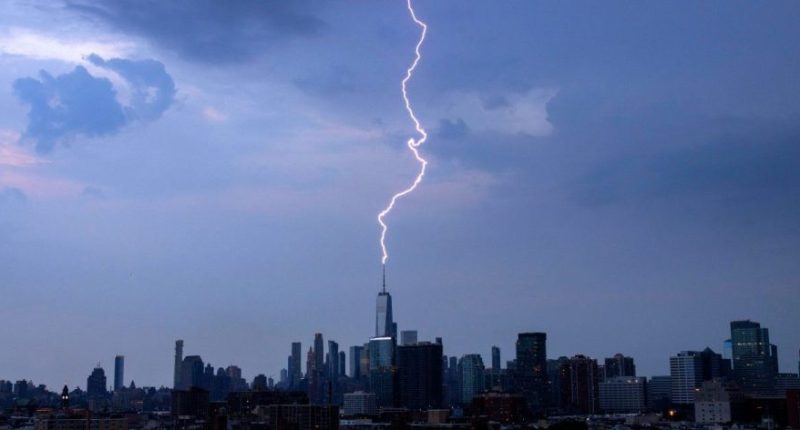Share this @internewscast.com
ST. LOUIS (KTVI) – Many of us are familiar with the term “heat lightning,” often referenced on warm summer nights when we observe vibrant lightning without hearing accompanying thunder. However, what some may not realize is that “heat lightning” doesn’t technically exist.
Usually, the idea sparks from the thought that heat can trigger lightning, as it’s most commonly seen in the hot summer months.

Quite simply, the lightning you observe is part of a distant storm, far enough away that the thunder isn’t audible, nor is the full extent of the lightning visible. According to the Farmer’s Almanac, during an intense thunderstorm, lightning can be seen from up to 100 miles away due to how the light reflects.
The National Weather Service explains, “Frequently, geographical features like mountains, hills, or trees, along with the Earth’s curvature, block the view of the actual lightning flash. The faint flash appears to the observer as light reflecting off higher-level clouds.”

Thunder can only be heard within a 10-mile radius from the lightning strike; however, if you’re listening to an AM frequency radio, static may be heard.
Always keep in mind that if thunder can be heard, you are close enough to be struck by lightning. As the saying goes, “When thunder roars, go indoors.”















